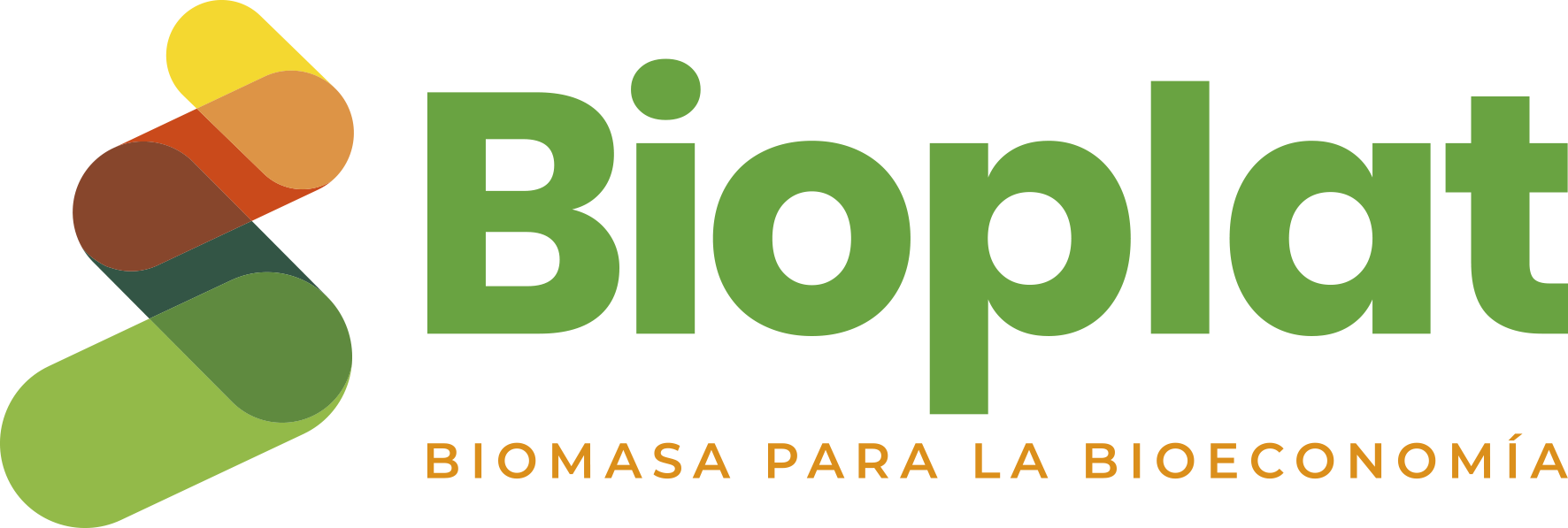21 Sep 2016
Conclusions from 2nd RCN Conference on Pan American Biofuels & Bioenergy Sustainability
During the closing ceremony of the “2nd RCN Conference on Pan American Biofuels & Bioenergy Sustainability” 10 relevant points were highlighted from the eight specific sessions and two keynote conferences given by Bruce Dale from Michigan State University and Glaucia Souza from University of Sao Paulo, Brazil.
Ten bullet points:
- To achieve sustainable development goals modern bioenergy derived from the Earth’s photosynthetic capacity has a great potential to overcome “energy poverty” in the poorest countries. There is a great challenge to increasing its world scale significantly in the next years going from 23 to 93 EJ
- Acceptability of bioenergy is strongly connected with communication to the public and a correct public perception of net sustainability benefits compared to fossil energy.
- Sustainability has become an essential and indivisible part of modern bioenergy production and use.
- Traditional biomass use for energy linked to depletion of natural resources and environmental problems has to be clearly differentiate from modern and sustainable forms of use, which can provide many sustainability benefits such as increased employment, better water quality, reduced greenhouse gases and so forth.
- There is an urgent need to enlarge the total photosynthesis capture surface over the earth in order to substantially increase the biomass production for all purposes achieving millennium goals. Catch crops, double cropping and higher efficiency plants are some alternatives. We are facing a new revolution in biomass productivity and transformation by means of C4 plants potential and new transforming technologies. However, the long-term sustainability of these high productivity systems must be assured through continuous monitoring.
- Low energy density and high geographical dispersion implies great challenges for the feedstock supply chain regarding logistics and transport. Satellite assistance and the use of geographical information systems is essential to reach a sustainable development of different forms of bioenergy
- Bioenergy generates multiple impacts with economic, environmental, and social benefits that must be measured, considered and improved. The transformation of biomass and production of bioenergy must be addressed in a systemic and holistic manner with proper consideration of site-specific manner factors in order to contemplate multiproduct, multimarket and multirequirements.
- There are economic and political reasons underpinning promotion and regulatory actions being implemented by different countries or regions. Consumer and producer initiatives and considerations including farmers and producers of all sizes must be equally taken into account.
- Standards and certification schemes are very useful to encourage sustainability of bioenergy; however, they may not always achieve sustainability improvements. There is a need to improve them in order to consider the ability of small producers to support these mandates. Certification procedures need to be practical, adapted to agriculture particular needs, accessible to small farmers, adapted to local needs, and support continual improvement
- Improvements in productivity and environmental performance are occurring in all biofuels generations with sometimes-positive outcomes that have to be deeply studied and promoted. Innovations in bioenergy technology at all stages in the pathways are making possible improvements to economic, environmental, and social sustainability. Incentives to continue development and improvements of innovative bioenergy technologies will yield economic, environmental, and social benefits.
